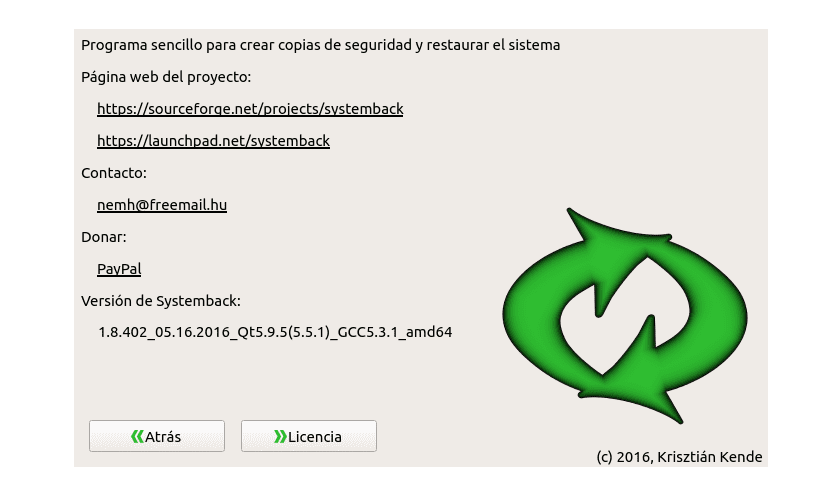
In the next article we are going to take a look at how we can install Systemback on Ubuntu 18.04 and 18.10. A colleague told us about this application some time ago in a previous article. As already indicated in that article, it is a simple and very practical application. This will facilitate the creation of backup copies of the system managing the configuration files of the users. In case we suffer problems in our OS, it will allow us to easily restore the previous state.
Though this application is no longer in development and is not supported, the quality, operability and practicality of the application, is still excellent. Even today, it is an application widely used by a large number of users, as it offers very useful functions and is easy to use.
In the following lines we are going to see how to install Systemback in Ubuntu 18.04 and Ubuntu 18.10. Systemback is a simple system backup and restore application, released under the terms of the GPLv3 license.
Systembak uses
Some of the possibilities that Systemback includes are:
- Will allow us create system backups and user configuration files quickly and easily.
- We can install the operating system from scratch.
- Allows restore the system to a previous state, just like Virtualbox's snapshot feature.
- Can create bootable ISO image from the existing installation.
- Allows copy the system from one partition to another.
- / Home directory synchronization with just one click.
- Repair of the system Operational
Install Systemback
Ubuntu 16.04 and 14.04 users can still install Systemback using the PPA. They just have to run the following commands in the terminal (Ctrl + Alt + T):
sudo add-apt-repository ppa:nemh/systemback sudo apt update; sudo apt install systemback
As I already noticed lines above, Systemback author stopped development in 2016 so Ubuntu 18.04 and 18.10 are not on the supported list. If from these versions you execute the previous commands, you will see an error equal to or similar to the following:
E: No se ha podido localizar el paquete systemback
Install on Ubuntu 18.04 and Ubuntu 18.10
The Systemback binary for Ubuntu 16.04 if it is compatible with Ubuntu 18.04 / 18.10, so you can add the Ubuntu 16.04 PPA on 18.04 / 18.10 with the following command:
sudo add-apt-repository "deb http://ppa.launchpad.net/nemh/systemback/ubuntu xenial main"
Then we will import the GPG signing key from this PPA so the package manager can verify the signature. The signing key can be found at launchpad.net. We will add it to our system to avoid the error in updating the repository by typing in the terminal (Ctrl + Alt + T):
sudo apt-key adv --keyserver keyserver.ubuntu.com --recv-keys 382003C2C8B7B4AB813E915B14E4942973C62A1B
At this point, you can update the package list and install Systemback. In the same terminal we write:
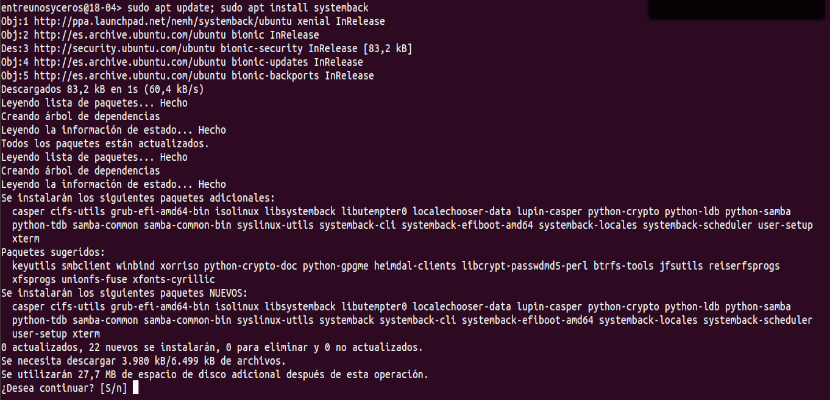
sudo apt update; sudo apt install systemback
After installation, you can start Systemback from the system menu.

We are going to need write our password to use this software. After writing it, click the button «OK«.

As we can see, from this program interface, we will have different options available. We will be able to create restore points of our system, restore the system to a previous point, copy the system to another partition, install the system in a new partition, create a Live system (bootable ISO image), repair the system, and update the system.
Create a Live system from our current system
Systemback can create a custom ISO image file from our current system. Every program and file can be included in the ISO. We can take our operating system, with our configuration, anywhere.
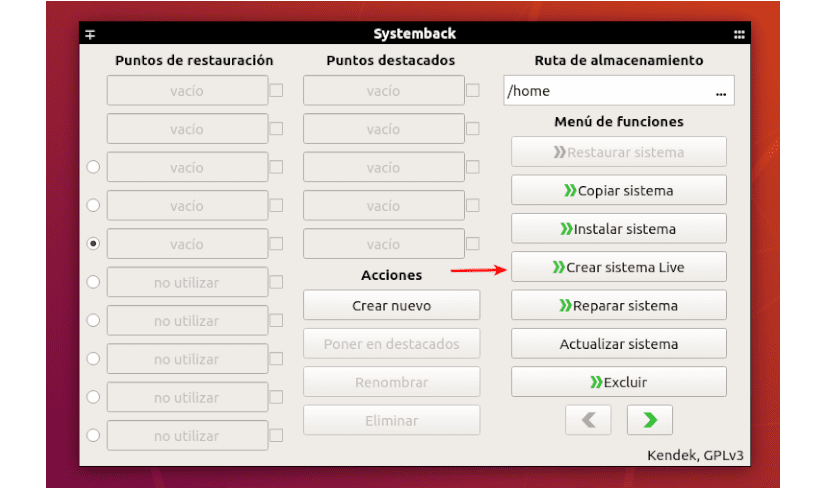
To do this, just click on the button "Create Live System" and then name the ISO file. You will have the option to include the user's data files. After the configuration, click on the button "Create new”To create a live system.
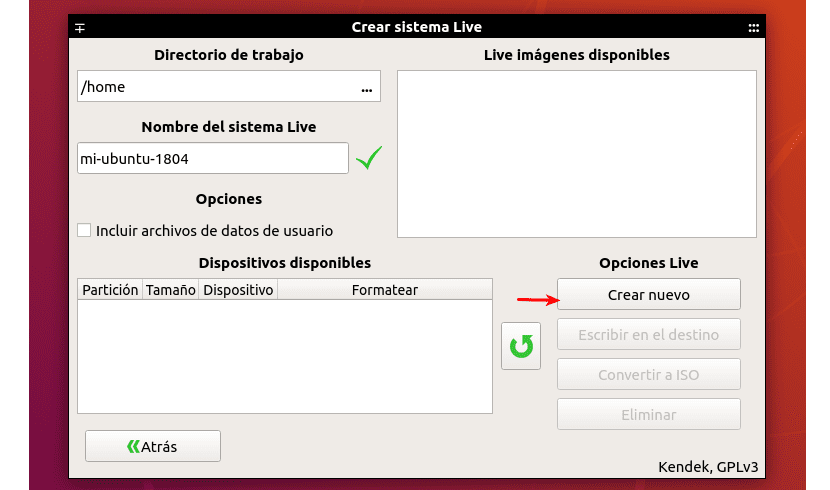
After the Live system is created, the generated .sblive file can be converted to an ISO file. Here Keep in mind that if the sblive file is too large, it will not be able to be converted into an ISO file.

Another option that we will find will be the possibility of add a pen drive to our computer and create a USB Live with our operating system. Click the reload button to detect USB drives. Once the target device has been selected, just click on the button «Write to destination" and wait.
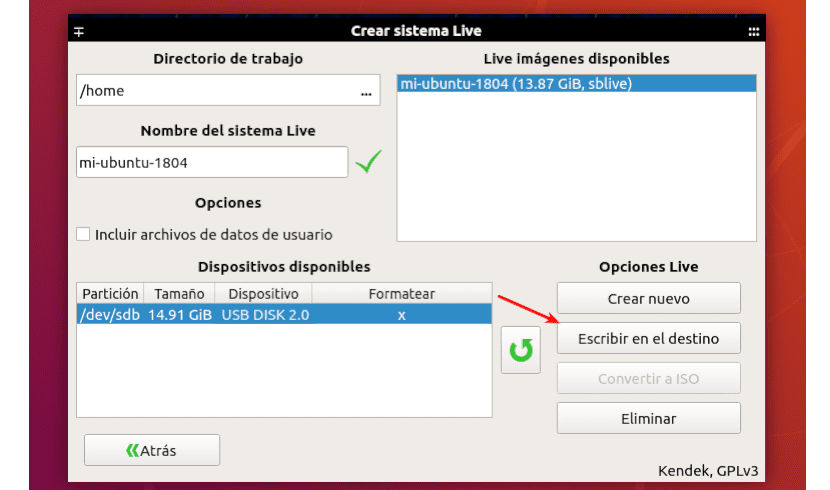
If your system has a lot of programs and files, this process may take some time.
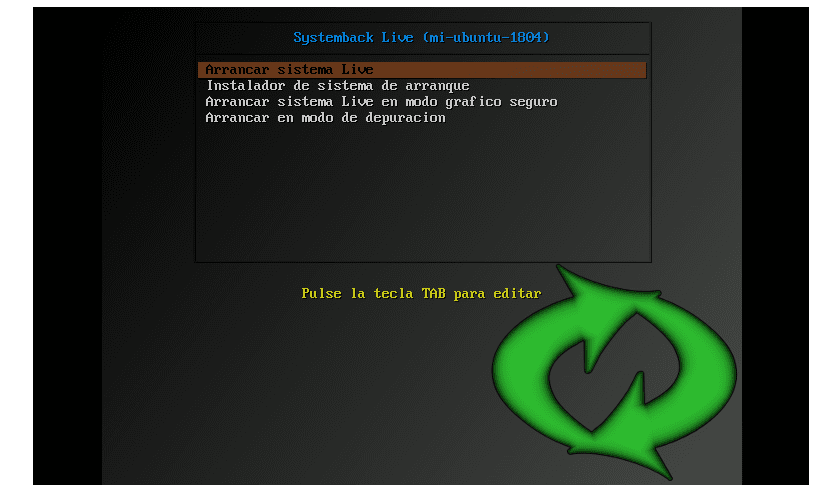
Once the creation is finished, we will be able to use the Bootable USB. We can repair / install your custom system on other computers.
Martin Andres Escorcia Torres
It no longer works on ubuntu 18.4 with kernel 5.3.0 🙁